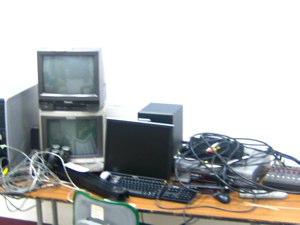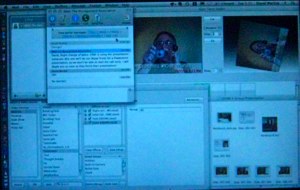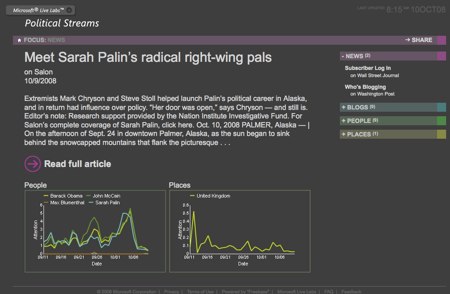 |
|
|
I’m settled in my warm hotel room, only steps from a blazing fire in the lobby. OK, it isn’t that cold outside — 90f in Burlington, Vermont. But the angle of the sun and a percistent chill in the air tells me that I’m definately in a different latitude.
 |
|
|
Glancing through my aggregator I discovered the Executive summary of the World Future Society’s Annual Outlook Report — Top 10 Forecasts for 2009 and Beyond. I won’t go through all of them, except to say, “Careful what you say, no need to renew your drivers license, and Did you sneeze?”
Two of the forecasts struck me, as an educator. Number four says, “Careers, and the college majors for preparing for them, are becoming more specialized.” The article goes on to say,
An increase in unusual college majors may foretell the growth of unique new career specialties. Instead of simply majoring in business, more students are beginning to explore niche majors such as sustainable business, strategic intelligence, and entrepreneurship. Other unusual majors that are capturing students’ imaginations: neuroscience and nanotechnology, computer and digital forensics, and comic book art. Scoff not: The market for comic books and graphic novels in the United States has grown 12% since 2006.
In an age when we parents say, “Oh, she’s just 22, she’s too young to know what she wants to do,” it appears that knowing exactly what you want to do at 22, or 18, or 16, may be what our children will need. It’s my belief that our relentless focus on the basics, have helped to produce a generation of students who have few real passions, beyond the artificial targets of their personal information experiences.
What might schools look like that task themselves with graduating students with passions instead of just transcripts?
The second forecast that struck me is actually quite similar. Number six says that, “professional knowledge will become obsolete almost as quickly as it’s acquired.”
Most professions will require continuous instruction and retraining. Rapid changes in the job market and work-related technologies will necessitate job education for almost every worker. At any given moment, a substantial portion of the labor force will be in job retraining programs.
Personally, I’m not so sure that education, at least as we typically think about it, will intrude quite so much into our everyday lives. However, I have no doubts that we will be learning, unlearning, and relearning for much, if not all of our days. I’m not sure that we will spend so much time being retrained, as making a little bit of learning a part of every day’s experiences.
What do schools look like, who task themselves with graduating students who have taken on learning as part of the lifestyle — learning lifestyle.
Powered by ScribeFire.

 I ran across a
I ran across a 

 And finally, in the business of connecting the real, I shot this photo a few weeks ago in San Francisco and have since featured it as my laptops desktop image. Having my mind a bit much on Twitter this morning, I tested Twitpic by posting a portion of the photo to Twitters asking what it was. In less than five minutes I had a number of responses, most pointing me to
And finally, in the business of connecting the real, I shot this photo a few weeks ago in San Francisco and have since featured it as my laptops desktop image. Having my mind a bit much on Twitter this morning, I tested Twitpic by posting a portion of the photo to Twitters asking what it was. In less than five minutes I had a number of responses, most pointing me to 

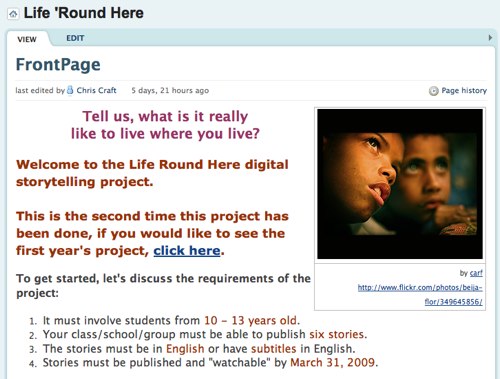
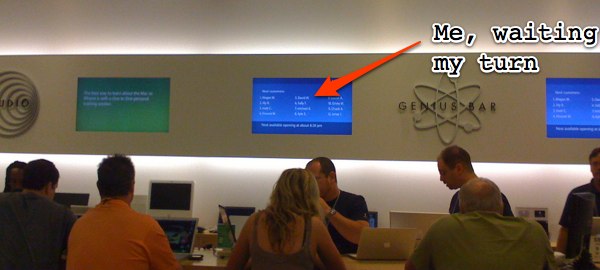 I’m sitting at the Apple store, the day after a Steve Jobs announcement and it’s packed, and the new MacBooks aren’t even here. Martin’s MacBook Pro crashed yesterday, flashing question mark imposed over a rather empty looking folder. Seems like the last time I was here waiting my turn, so sort of new iPhone had just been introduced, and folks were busy.
I’m sitting at the Apple store, the day after a Steve Jobs announcement and it’s packed, and the new MacBooks aren’t even here. Martin’s MacBook Pro crashed yesterday, flashing question mark imposed over a rather empty looking folder. Seems like the last time I was here waiting my turn, so sort of new iPhone had just been introduced, and folks were busy.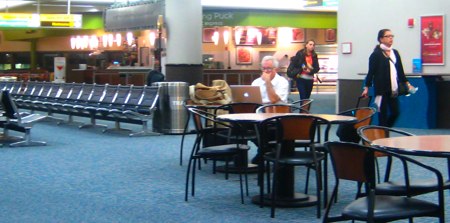 This is another one to be filed under “No practical application what so ever!” But I spend so much time in so many airports that I can help but evaluate them. The range from the urban airport that is so insensitive to the needs of its travelers that it disconnects all of power outlets, leaving laptop travelers to wonder around, like starved vampires, looking for just one live source for electricity. To be charitable, there may be a problem with the electrical system, but it’s something I’d fix right away.
This is another one to be filed under “No practical application what so ever!” But I spend so much time in so many airports that I can help but evaluate them. The range from the urban airport that is so insensitive to the needs of its travelers that it disconnects all of power outlets, leaving laptop travelers to wonder around, like starved vampires, looking for just one live source for electricity. To be charitable, there may be a problem with the electrical system, but it’s something I’d fix right away.